 Bryant and Glover
Bryant and Glover
Entry Category: Local
 Bryant and Glover
Bryant and Glover
Bunch, Bradley
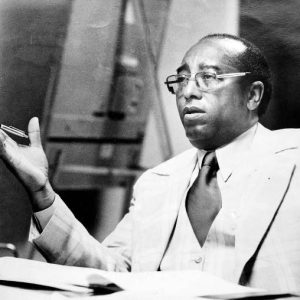 Charles Bussey
Charles Bussey
Bussey, Charles E., Jr.
Butler, Ben F.
Butler, Turner
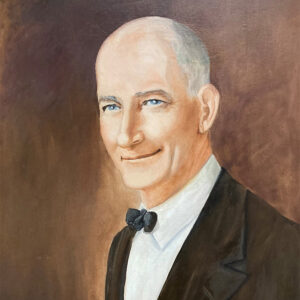 Turner Butler
Turner Butler
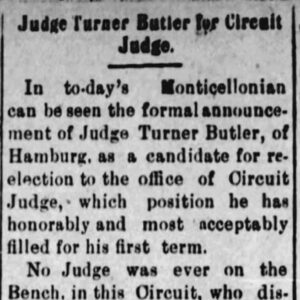 Turner Butler Candidacy Story
Turner Butler Candidacy Story
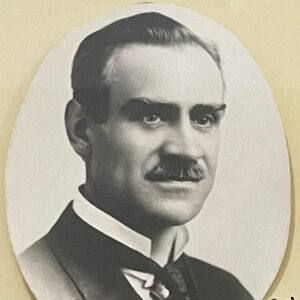 Festus O. Butt
Festus O. Butt
Butt, Festus Orestes
Bynum, Preston Conrad
Cabe, Gloria Buford
Caldwell, Creed Sr.
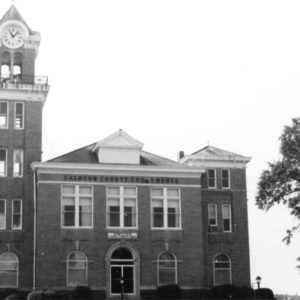 Calhoun County Courthouse
Calhoun County Courthouse
Campbell, John
Canada, Eugene “Bud”
Capitol Zoning District Commission
Carpenter, Warren Durkee
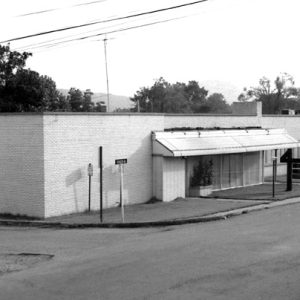 Carroll County Courthouse
Carroll County Courthouse
 Carroll County Courthouse, Western District
Carroll County Courthouse, Western District
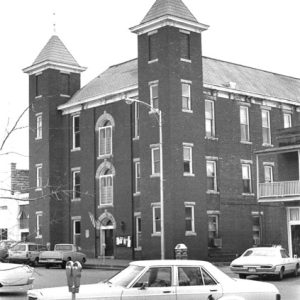 Old Carroll County Courthouse
Old Carroll County Courthouse
Carter, Ben E.
Catterson, Robert Francis
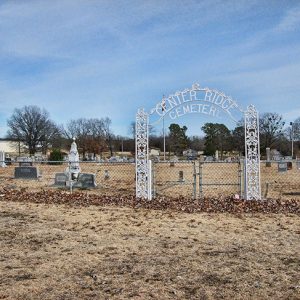 Center Ridge Cemetery
Center Ridge Cemetery
Chaffin, Charlie Francis Cole
 Erle Rutherford Chambers
Erle Rutherford Chambers
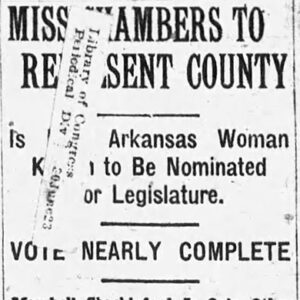 Erle Rutherford Chambers
Erle Rutherford Chambers
Chambers, Erle Rutherford
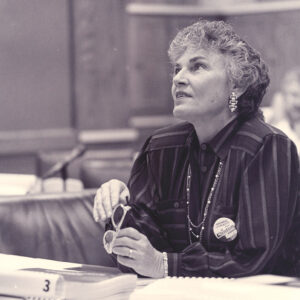 Charlie Chaffin
Charlie Chaffin
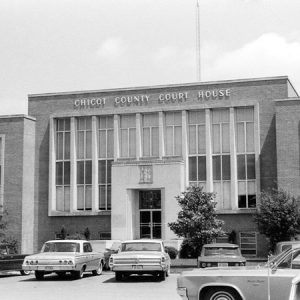 Chicot County Courthouse
Chicot County Courthouse
 Clark and Representatives
Clark and Representatives
 Clark County Courthouse
Clark County Courthouse
Clark, Moses Aaron
 Clay County Courthouse
Clay County Courthouse
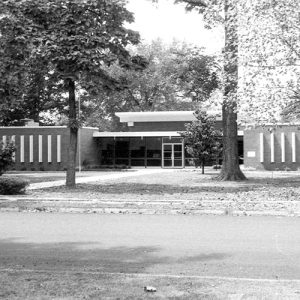 Clay County Courthouse
Clay County Courthouse
Clayton, John Middleton
Clayton, William Henry Harrison
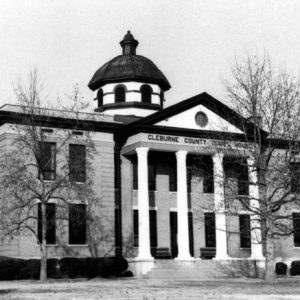 Cleburne County Courthouse
Cleburne County Courthouse
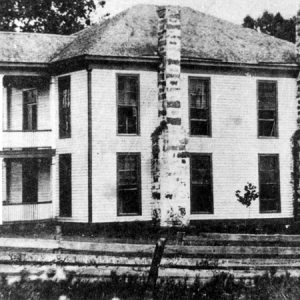 First Cleburne County Courthouse
First Cleburne County Courthouse
Clemmer, Ann Veasman
 Cleveland County Courthouse
Cleveland County Courthouse
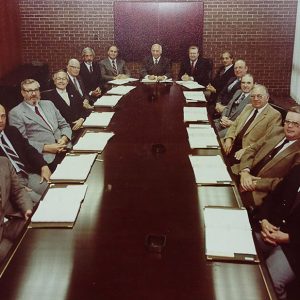 CNB Board of Directors
CNB Board of Directors
Cockrill, Sterling Robertson Jr.
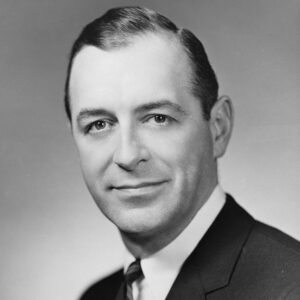 Sterling Cockrill Jr.
Sterling Cockrill Jr.
Cohn, Mathias Abraham
Collins, Linda F.
Columbia County Courthouse
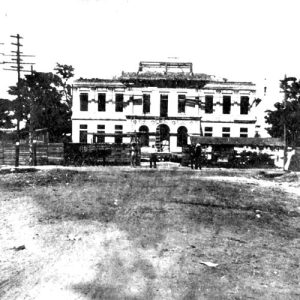 Columbia County Courthouse
Columbia County Courthouse
 Comer Article
Comer Article
 Comer Speech Response
Comer Speech Response




